Can I Put Dash Camera On Dashboard?
In today’s fast-paced world, ensuring the safety and security of our vehicles has become a paramount concern. Dash cameras, also known as dashboard cameras, serve as an essential tool for many drivers. These cameras offer a layer of protection by continuously recording the view through a vehicle's front windscreen and at times, rear or other windows. The question of whether or not one can place a dash camera on the dashboard is frequently asked. In this article, we will delve into various aspects and practical considerations, providing a concise and comprehensive answer to this query.
Understanding the Importance of Dash Cameras
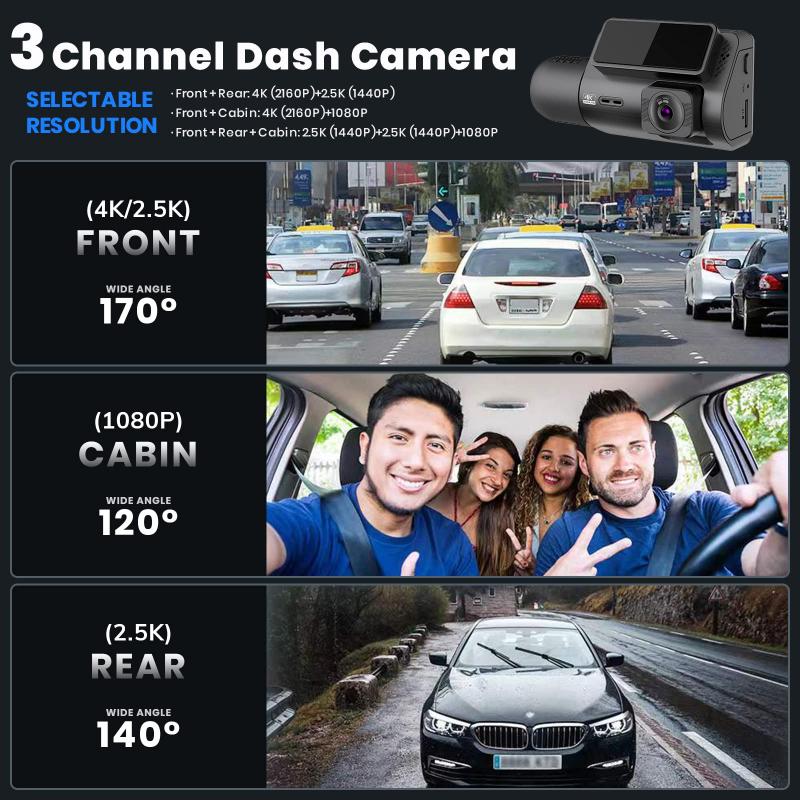
Before addressing the placement of dash cameras, it's essential to understand their significance. Dash cameras are designed to capture footage that can be crucial for several reasons:
1. Legal Evidence: In the event of an accident, footage from a dash camera can provide irrefutable evidence regarding the sequence of events.
2. Insurance Claims: Dash cameras simplify the process of filing insurance claims by offering clear, indisputable proof of what transpired during an incident.
3. Prevention of Fraud: Recorded footage can protect drivers from insurance fraud, such as staged accidents.
4. Monitoring Driving: Fleet operators and parents can monitor driving behavior, ensuring safety and adherence to rules.
5. Recording Journey Memories: For driving enthusiasts, dash cameras can capture scenic drives and memorable journeys.
Legal and Safety Considerations
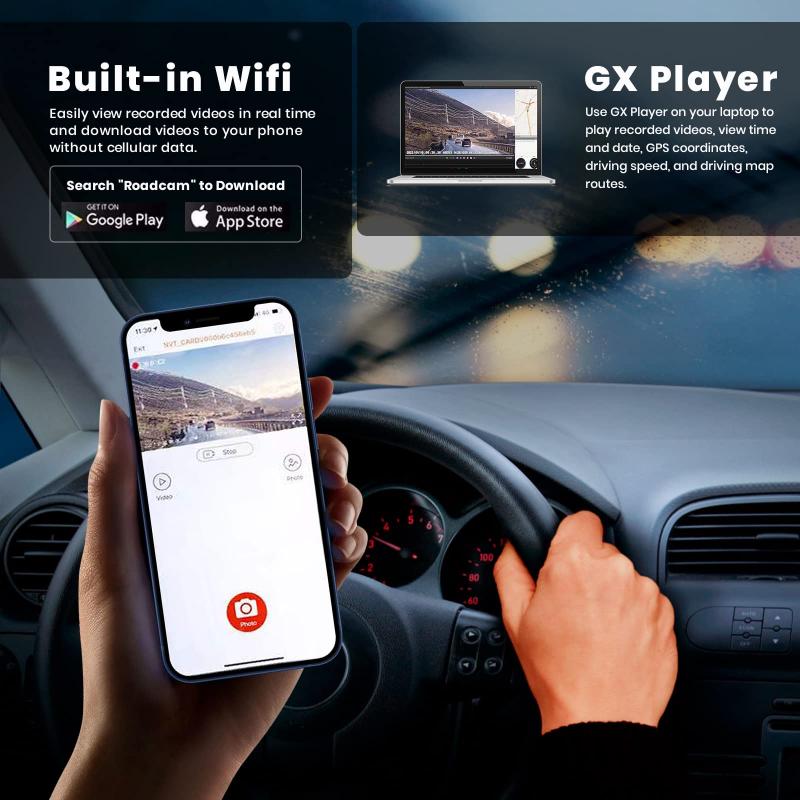
Legality: One of the primary considerations in mounting a dash camera on your dashboard is local regulation. Laws regarding dash cameras can vary greatly between regions:
- Visibility and Obstruction: Most jurisdictions have laws against placing objects on the dashboard that might obstruct the driver's view. Ensuring that the camera doesn't impair visibility is crucial.
- Secure Mounting: Cameras should be securely mounted, adhering to specific guidelines per legal standards, to avoid distractions or hazards in case of sudden stops.
Safety: From a safety perspective, placing a dash camera correctly is critical. The following points should be considered:
- Field of View: Ensure the placement provides a comprehensive view of the road ahead without blind spots.
- Stability: The camera should be well-secured to prevent it from dislodging while driving and potentially causing an accident.
- Distraction: Placement should avoid creating distractions for the driver. The interface of the camera should be easy to access without requiring excessive reach.
Practical Steps for Installing a Dash Camera on the Dashboard
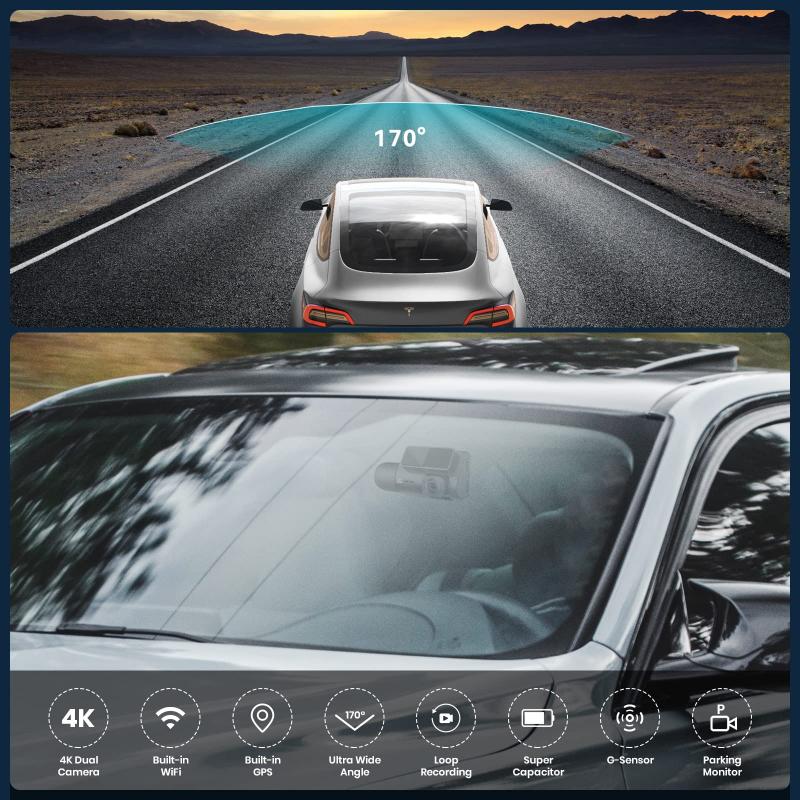
1. Choose the Right Camera: Selecting a dash camera tailored to your needs is the first step. Features to look for include wide-angle lenses, night vision, high-definition recording, and a robust mounting system.
2. Placement Options:
- Windshield Mount: This is the most common and recommended placement as it often provides the best vantage point while adhering to legal guidelines. Ensure it's mounted in a way that does not obstruct the driver’s view.
- Dashboard Mount: If opting for dashboard placement, it’s essential to place the camera near the windshield to avoid significant dead zones. Use strong adhesive mounts or suction cups provided by the manufacturer.
3. Routing the Wires: Proper wire management ensures a clean installation and avoids interference with vehicle controls. Use clips or ties to secure the wires, routing them along the edges.
4. Power Source: Modern dash cameras typically use the vehicle’s 12V power outlet. Consider cameras with capacitors instead of batteries, as they are more reliable in extreme temperatures.
5. Testing and Adjusting: After installation, perform a test drive to ensure the camera correctly captures the road. Make necessary adjustments to the angle and position to optimize the field of view.
Potential Issues and How to Mitigate Them
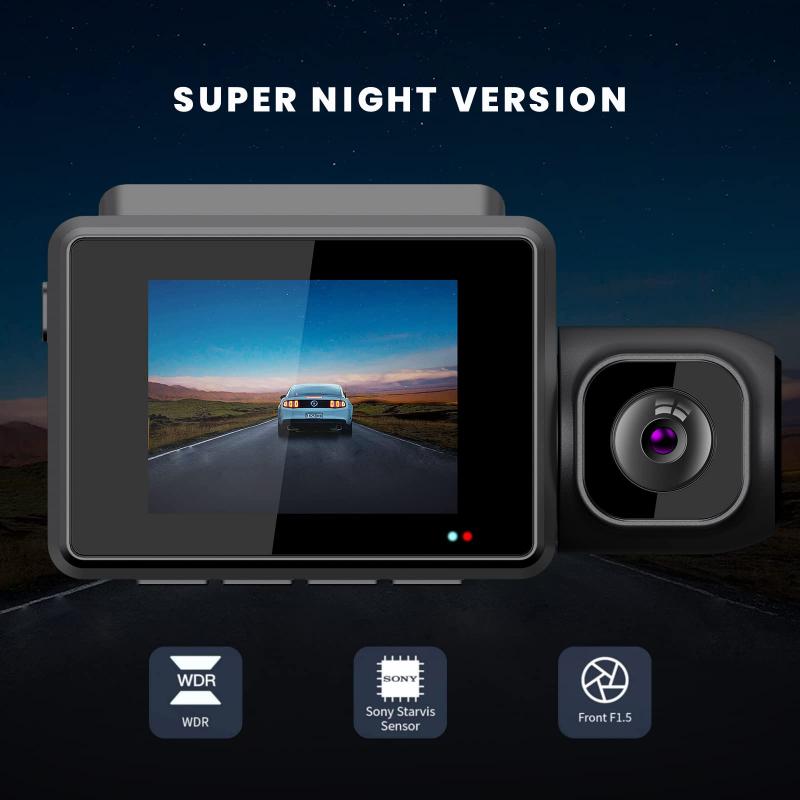
1. Reflection and Glare: Dashboard-mounted cameras may capture reflections from the windshield. Using anti-glare films or positioning the camera to minimize glare is advisable.
2. Vibration and Stability: The dashboard may not be as stable as the windshield during vehicle movement. Opt for mounts with anti-vibration features or supplemental stabilization.
3. Temperature Sensitivity: Dash cameras, especially those with battery packs, can be sensitive to temperature extremes. Choosing models designed to withstand such conditions can prevent malfunction.
4. Regular Maintenance: Clean the camera lens regularly to prevent dirt or smudges from affecting video clarity. Periodic checks to ensure the mount remains secure are also recommended.
Common Scenarios and Their Solutions
Scenario 1: Obstruction of Driver's View
- Solution: Reposition the camera to ensure it adheres to legal requirements while providing an unobstructed view for the driver. Consider a lower profile model if space is constrained.
Scenario 2: Power Connectivity Issues
- Solution: Use hard-wiring kits for a more permanent solution, reducing dependency on the 12V outlet and ensuring continuous power even when the vehicle is off.
Scenario 3: Recording Gaps
- Solution: Ensure the SD card is of adequate capacity and regularly format it to maintain performance. Check camera settings for loop recording to avoid missing key moments.
Installing a dash camera on your dashboard can be a practical and effective solution to enhance vehicle security and driver confidence. However, it requires careful consideration of legal guidelines, safety standards, and practical installation techniques. By choosing the right camera, ensuring proper placement, and regularly maintaining the equipment, you can reap the benefits of having a reliable eye on the road. Whether for personal use or managing a fleet, a well-placed dash camera is an investment in safety and peace of mind on the journey ahead.


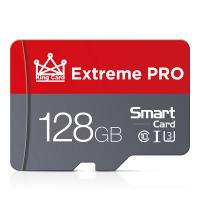
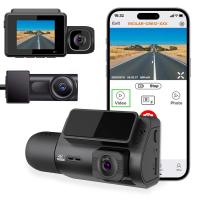
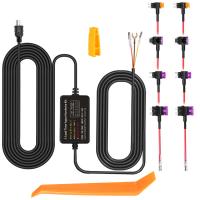
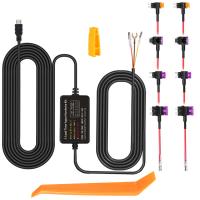
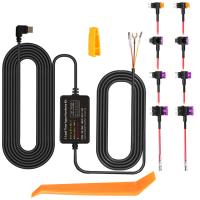
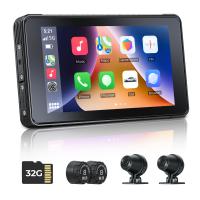
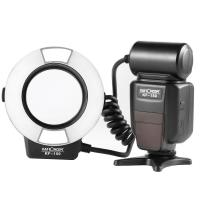

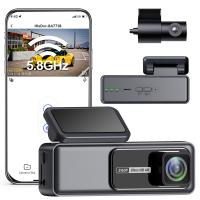
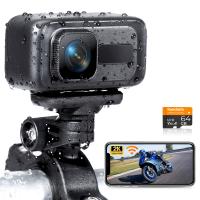

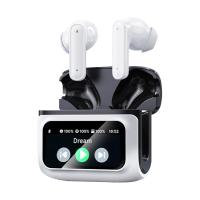
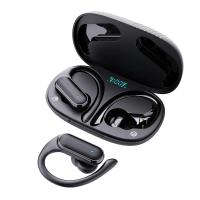


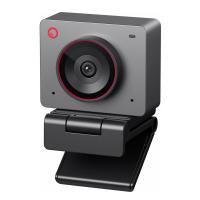
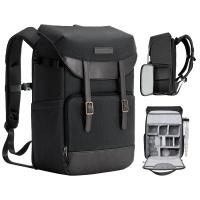

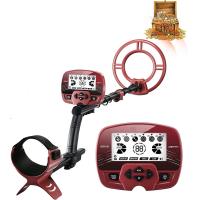


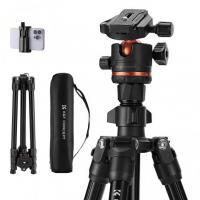
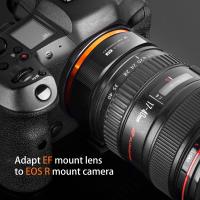
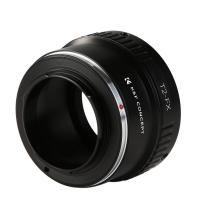
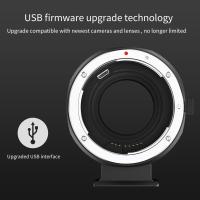

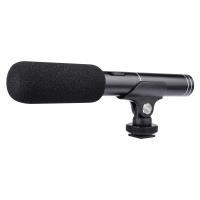


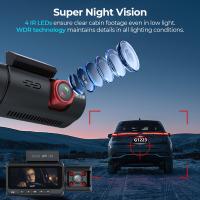


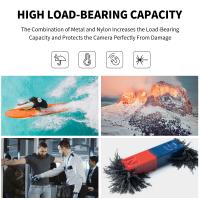
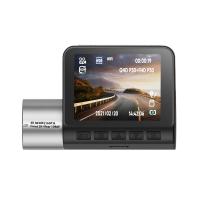

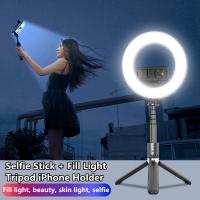


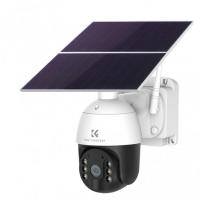

There are no comments for this blog.